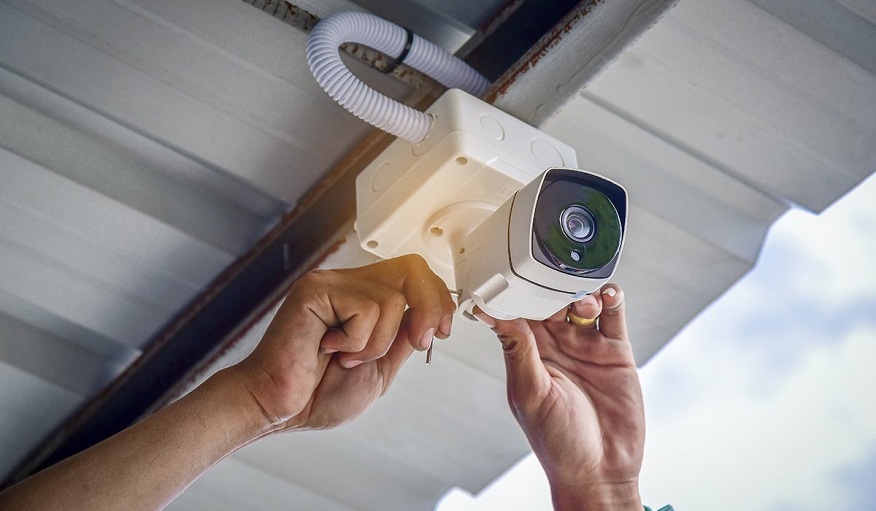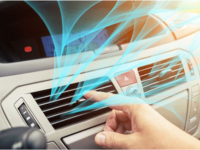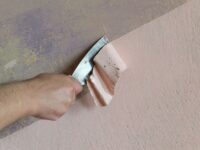What Are the Crucial Upkeep Procedures for Intruder Alarm and CCTV Systems?

Security and safety are vitally dependent on CCTV and intrusion alarm systems. To operate well, though, they need routine maintenance, just like any other electronic equipment. Maintenance neglect may jeopardise these security systems’ efficacy. The necessary upkeep procedures for CCTV and intrusion alarm systems are covered in this article.
Examining the Performance of the Camera
Evaluating CCTV camera performance is one of the most crucial maintenance duties. The central element of every CCTV system is the camera. Frequent inspections assist in detecting any problems with cameras, such as low image quality, flickering, or broken cameras.
Every camera should be physically inspected by a CCTV installation to make sure it is placed firmly and that the lens is free of debris, dust, and other impurities. If the camera is of the PTZ (pan-tilt-zoom) variety, they should also test the zoom, tilt, and pan functions. The CCTV maintainance should also examine the image quality, brightness, and clarity of the camera. Any problems found need to be fixed right away.
Examining Storage and Recording Devices
Storage devices and video recorders are additional essential components that need to be maintained. The CCTV technician needs to make sure the recorder is turned on and operating as it should. To make sure that films are being recorded as planned, without any hiccups, skips, or lost footage, they must examine the recorded footage from each camera.
It’s also necessary to check the state and capacity of storage devices like SD cards and hard disks. Timely replacement of outdated or full-storage media is necessary to prevent the erasure of important video evidence. Optimising the performance of storage devices can also be achieved through periodic reformatting.
Examining Connectivity and the Network
It is equally necessary to evaluate the network infrastructure and connectivity for IP-based CCTV systems. It is necessary to check the network switches, cables, and wireless access points for any physical damage, loose connections, or disruptions. To confirm network capacity, speeds, and device connectivity, the network specialist should perform the necessary tests.
Video recording and remote access can be interfered with by a network outage or sporadic connectivity problems. To keep the IP CCTV system reliable, these issues must be resolved. Network devices may also require periodic cleaning, particularly in dusty settings.
Testing detectors and sensors for intruder alarms
A variety of sensors and detectors are used by intruder alarm systems to detect risks to security or unlawful access. To make sure these devices are operating as intended, routine functional testing and maintenance are required.
To confirm that each detector activates the control panel, the intruder alarm technician should turn each one on separately. They must check that the batteries in battery-operated devices, such as PIR (passive infrared) motion sensors and door/window contacts, are in excellent working order. It is necessary to take care of any physical or environmental barriers that can affect the ability to detect.
Testing is also necessary to ensure that the intruder alarm system’s control panels, communicators, and sounders operate as intended in the event of an alarm. Any damaged parts need to be changed right away.
Firmware and System Software Updates
Updating the firmware and system software is another crucial upkeep task for intrusion alarm and CCTV systems. Patches, updates, and new versions are frequently released by system developers and manufacturers to address issues, add functionality, or enhance security.
Older firmware or software may leave the machine vulnerable. It might also make new device compatibility more difficult. The intruder alarm technician or CCTV installation needs to install any available upgrades. For future reference, they should also preserve the installed firmware and software version documents.
Carrying preventive maintenance
Long-term preventative maintenance lowers the likelihood of breakdowns and unforeseen expenses, even while troubleshooting and reactive repairs are still required. Even in the absence of any difficulties being reported, the CCTV maintainer/intruder alarm technician should do routine cleaning and inspections.
Maintaining image quality is aided by cleaning the housings, lenses, and enclosures of CCTV cameras. Inspection finds minor problems before they become more serious. Sustaining protection requires routine assessment of the alarm system’s batteries and available runtime. To identify usage or configuration changes, system logs need to be examined. An important factor in extending the life of security equipment is preventive maintenance.
Making Reports on Maintenance
The technician must produce an in-depth report following maintenance inspections and repairs. All completed activities, equipment inspections, defects found, fixed, software/firmware upgrades installed, and test results should be in the report.
Devices that are defective or non-working must be explicitly identified, along with suggestions for replacement or repair. The client accessed the system’s health status and can trust the technician’s work. The report also generates a record for audits, warranty claims, and future reference.
Planning Maintenance
Instead of being done on an as-needed basis, maintenance should be planned for at regular periods. A planned maintenance schedule should be developed in collaboration with the customer by the CCTV installer/intruder alarm professional.
It is advised to do quarterly or bi-annual maintenance checks on the majority of systems. However, depending on variables like system size, environment, consumption, etc., the timetable could need to be adjusted. More frequent maintenance may be necessary in harsher conditions with severe temperatures, dust, or wetness.
Regular testing of intruder alarm detectors is also necessary for high-traffic areas with numerous entry-exit points. The scope of work and deadlines for the maintenance schedule should be specified in detail in the documentation. It aids in planning expenses and resources ahead of time.
Audits of Access and User Training
Refresher courses on user training are required as part of maintenance. Updates and configuration modifications to the CCTV control room or intruder alarm system must be taught to authorised staff.
Their comprehension of the system’s functions and appropriate operation guarantees that it is utilised to its fullest potential. To eliminate or change any unnecessary access levels, an audit of each user’s access privileges is also necessary. It upholds confidentiality and security by company guidelines.
Conclusion
Even though intrusion alarms and CCTV systems offer excellent protection, they can need regular maintenance from trained professionals. The crucial maintenance procedures covered here assist in guaranteeing peak performance, prolonging the equipment’s life, and protecting people and property. When maintained by manufacturer specifications, these systems have the potential to provide dependable protection for an extended period.






